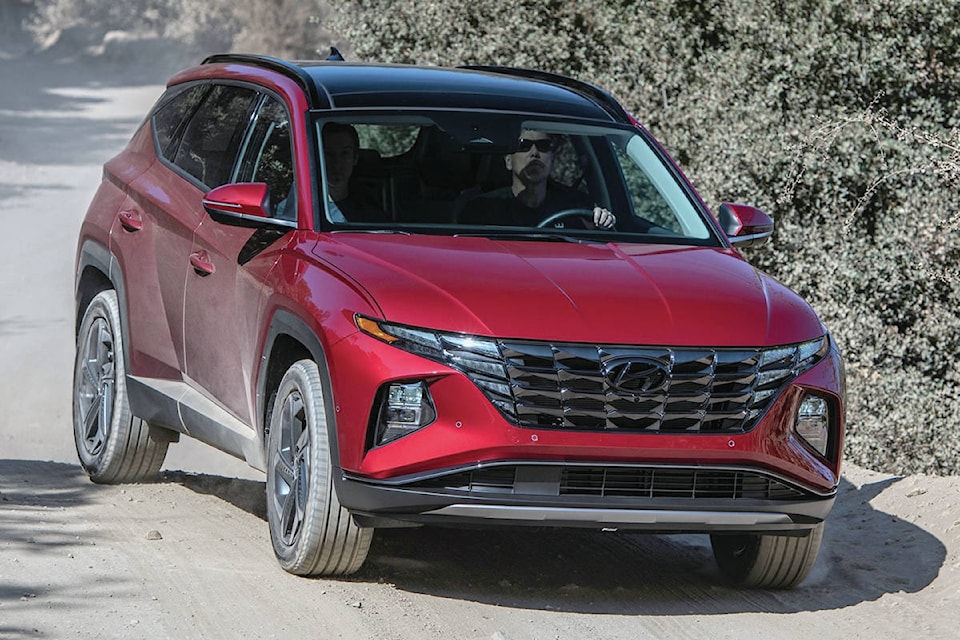The 2022 Hyundai Tucson details have finally been released: Scheduled for a 2021 unveiling, the automaker’s compact utility vehicle looks nothing like its predecessor and is also considerably larger.
The plethora of powertrain choices begins with a 187-horsepower, 2.5-litre, four-cylinder engine. An optional turbocharged 1.6-litre four-cylinder delivers 180 horses.
On the hybrid front, the Tucson’s base system is a turbo 1.6-litre-four-cylinder/electric-motor combo that produces 227 net horsepower. The available plug-in hybrid system increases that output to 261 horsepower and it can also operate on electricity alone for up to 28 miles (45 kilometres).
The Tucson N performance model, which is slated to arrive soon after launch, is expected with a 275-horsepower turbocharged 2.0-litre four-cylinder.
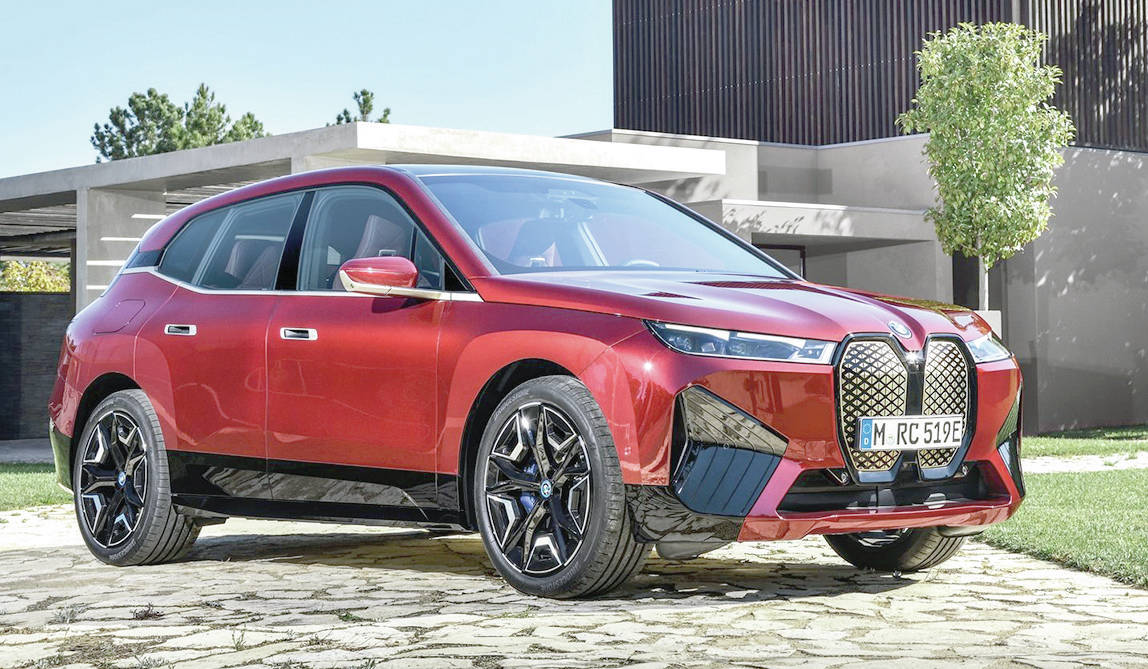
BMW iX is the first in a new line of EVs
The automaker is adding an electric vehicle to join the similarly powered i3 hatchback.
The iX, which launches for 2022, is about the same size as the X5 utility vehicle but is built on a dedicated platform designed for a line of electric vehicles. BMW has not released the expected battery range (or pricing), but it states the iX’s two electric motors will collectively produce about 500 horsepower and propel the vehicle to 60 mph (96 km/h) from rest in about 4.5 seconds.
Using a commercial fast-charge station (found at dealerships), the water-cooled battery pack can be recharged to 80 per cent capacity from 10 per cent in less than 40 minutes.
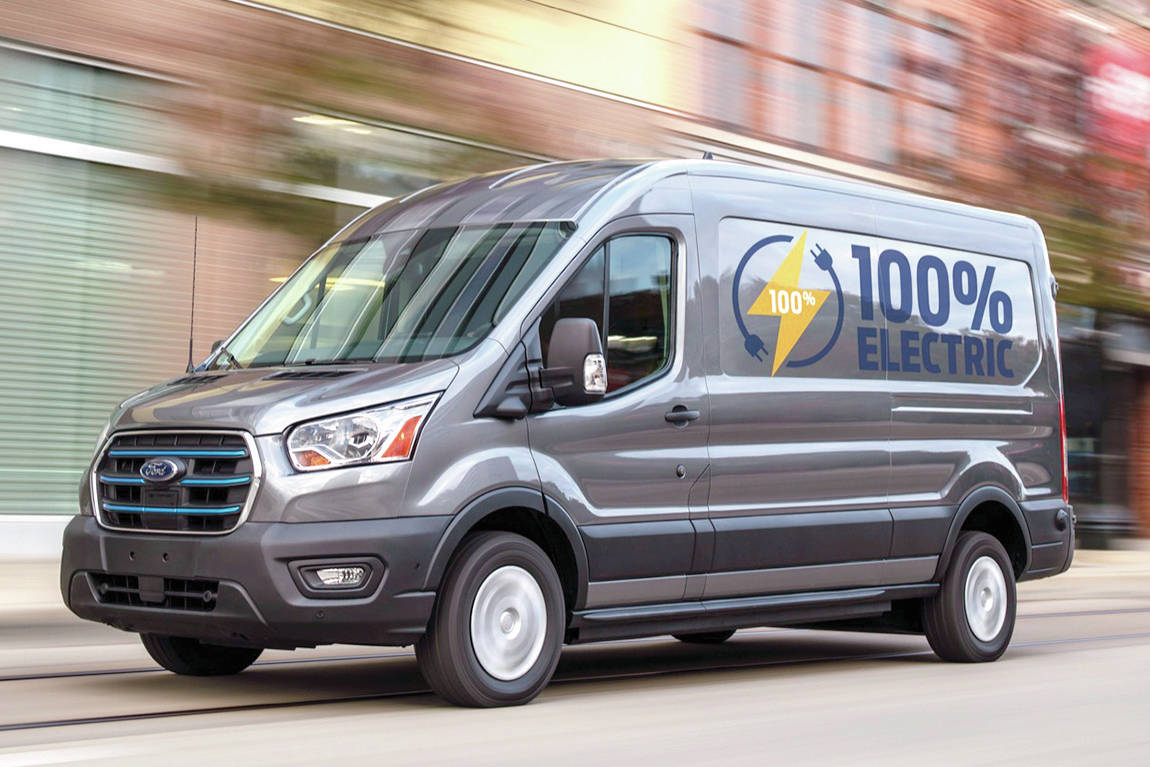
Ford enters the electric-van business… for businesses
The automaker is introducing a line of eight electric commercial vehicles under the E-Transit banner.
The new models, arriving for the 2022 model year, will be available in three different lengths and heights. Both chassis cab and cutaway cab versions will allow buyers to attach custom enclosures behind the front seats.
Ford claims E-Transit’s 67-kilowatt-hour battery will provide up to 200 kilometres of range. It feeds an electric motor rated at 266 horsepower and 317 pound-feet of torque, which drives the rear wheels.
Recharging is expected to take 10 minutes for each 45 kilometres of range using a commercial-grade fast-charge outlet. Base E-Transit pricing is estimated at $50,000.
Mazda’s future powerplant plans revealed:
The automaker recently took the wraps off its new gasoline and turbo-diesel lineup that will arrive over the next few years (an electric system is also in the works for 2022).
An inline six-cylinder engine will be part of the next-generation Mazda6 midsize sedan, which will also become a rear-wheel-drive platform. The Sleuth is also hearing that Mazda is planning some premium models of the 6, which makes sense since Mazda has no upscale division (like Honda has Acura).
A new turbocharged four-cylinder engine combined with a 48-volt electric motor-generator is also in the works. It will also use Mazda’s Skyactiv-X compression-ignition technology that functions somewhat like a diesel engine.
A new turbo-diesel was also announced, but it’s unclear if it will be installed in Mazdas destined for North America.
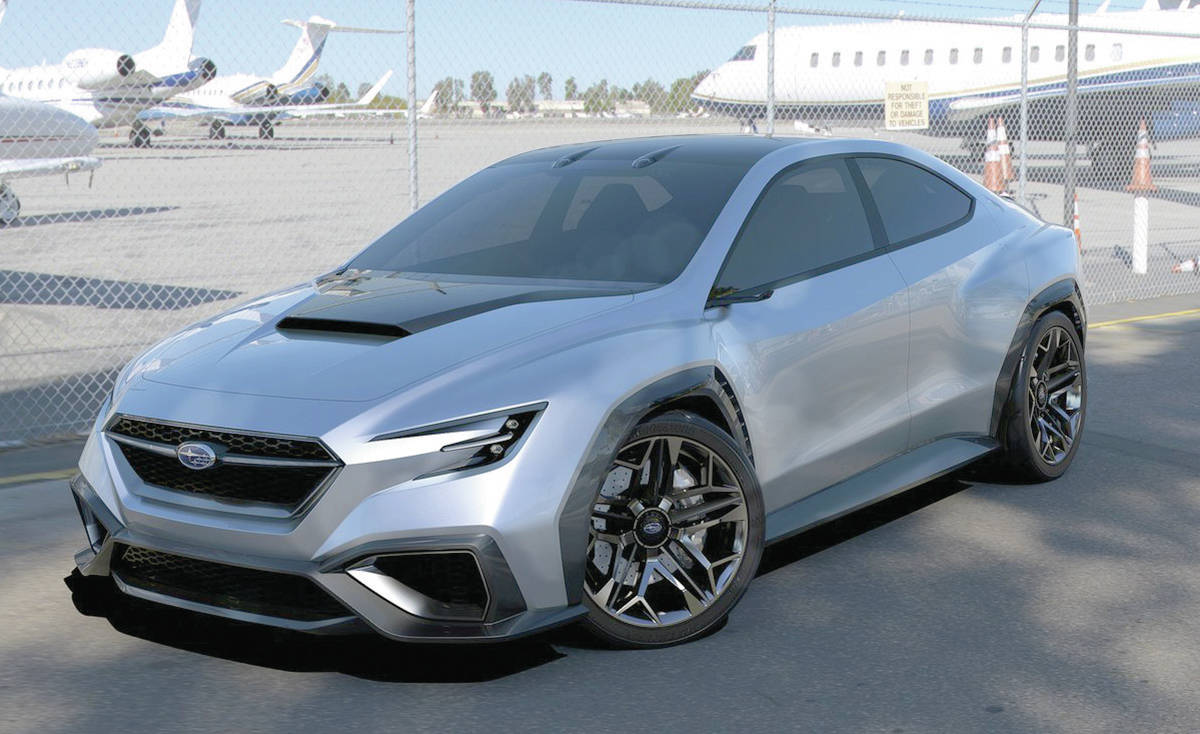
The WRX and STI will get some concept-car influence
Subaru’s revamped Impreza-based sedans are set for release in mid- to late-2021 as 2022 models.
Both the WRX and hotter STI will be fitted with turbocharged 2.4-litre four-cylinder engines. In the WRX, that means 260 horsepower and 277 pound-feet of torque (currently 268/258). In the STI, expect at least 400 horsepower and 361 pound-feet (currently 310/290).
There’s also speculation that both vehicles will be styled after the 2017 VIZIV Performance Concept. As in previous years, the WRX is expected to come with a continuously variable transmission, while a six-speed manual gearbox will be the STI’s sole offering.
Prices are expected to begin at about $40,000 for the WRX and $50,000 for the STI.
UPS AND DOWNS
Up: Saudi Arabia is on the F1 calendar for 2021
The desert kingdom becomes the 33rd country to play host to a Formula One race in 2021. The street-course event, one of 23 scheduled F1 races, will be staged in the city of Jeddah in November. Saudi Arabia’s state-owned Aramco Oil Company will be the official sponsor.
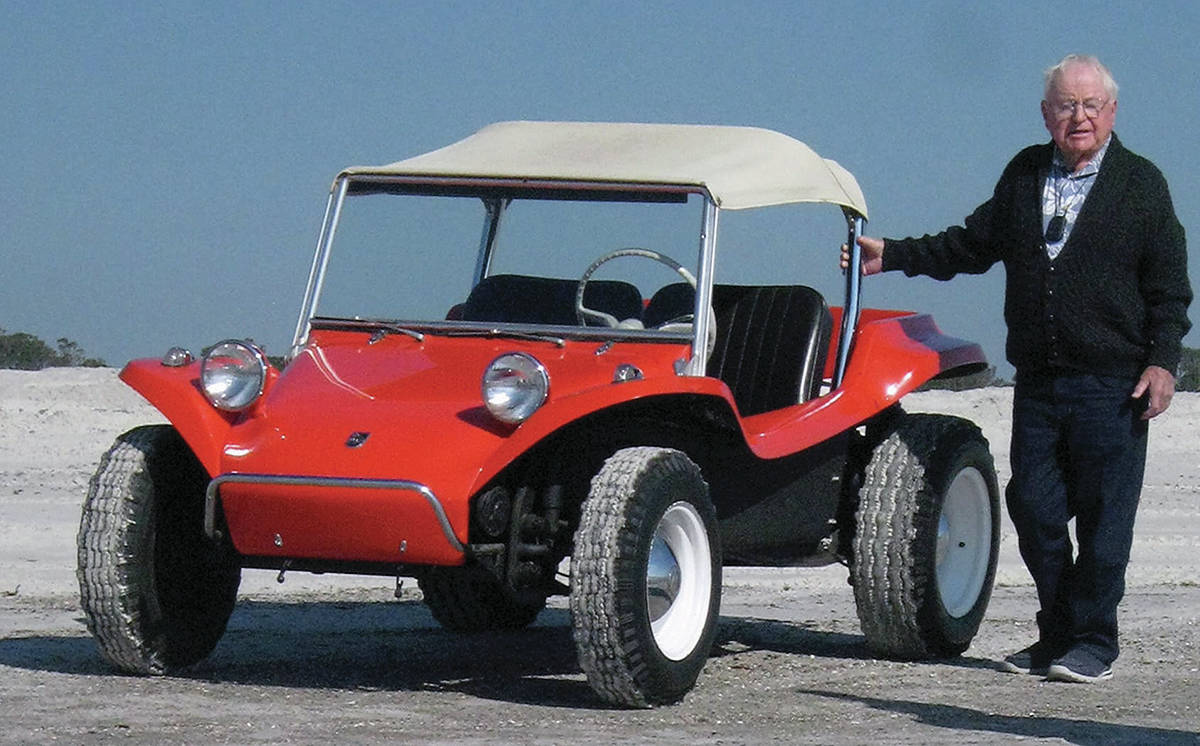
Up: The Meyers Manx brand has been sold
The dune-buggy company founded by 94-year-old Bruce Meyers in 1964 has been purchased by the head of an investment firm that plans to launch new Manx models, including electrics, as well as more traditional versions using traditional Volkswagen Beetle engines.
– written by Wheelbase Media
If you’re interested in new or used vehicles, be sure to visit to find your dream car today! Like us on and follow us on
